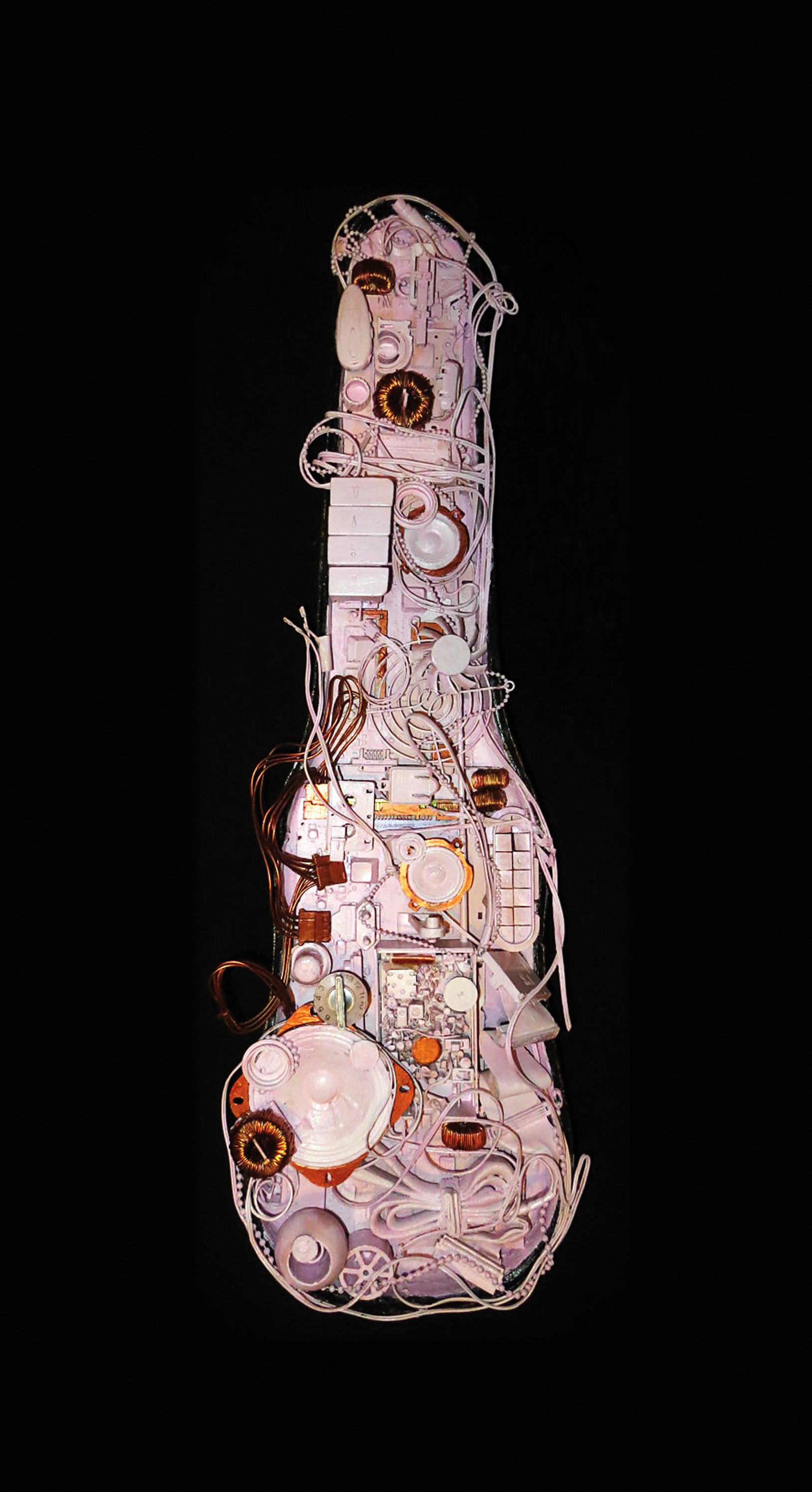Live 11 is here, with an abundance of new features and enhancements that distinguish Ableton’s DAW and production environment as indispensably unique, even as it deploys elements such as take comping and linked-track editing that brings it into parity with Avid’s Pro Tools [Tape Op #126] and other conventional recording software. Let’s start with the flashy and fun new features first, though – first up is Live 11’s implementation of MPE (MIDI Polyphonic Expression), an extension to the MIDI spec that adds new levels of expression to MIDI performance. Got an MPE-capable controller, like a ROLI Seaboard or a Roger Linn Design’s LinnStrument? Live 11 allows users of MPE-ready controllers to implement track bend, slide, or pressure/velocity values for each note in a chord. All of this can be recorded into breakpoint automation, of course – the Clip and Arrangement Views include multiple automation lanes to edit the pitch, slide, and pressure envelopes recorded with MPE. The included Arpeggiator, Sampler, and Wavetable devices have all been updated to support MPE, with many new MPE-specific presets. If you’re sequencing external gear, MPE support is less common on the hardware front. But there are vanguard third-party hardware manufacturers with MPE support – such as Black Corporation’s DECKARD’S DREAM, Polyend’s Poly 2, or Sequential’s Prophet-6 and OB-6 (via a recent firmware update) – so the future looks encouraging for MPE. As a headline feature, MPE support is challenging to communicate in a marketing blurb (or review!). It requires hands-on experience with the subtle levels of expression that it unlocks. Meaning, you gotta test-drive the thing before it makes sense and feels essential – this may explain the somewhat sluggish adoption of the MPE standard. Clearly, MPE isn’t just the latest industry hype: I tested polyphonic aftertouch and was pleasantly surprised to find it added a new dimension to all performances – string libraries and pads came alive and felt less sterile; less “manufactured.” Editing these new automation envelopes follows the familiar Live interface, with the addition of a new tab in the MIDI Clip View for Note Expression, which exposes all of the MPE-related information per note.
While we’re exploring the editing side of Live 11, it’s important to call out the new Note and Velocity Chance and randomization features, both of which can contribute to an evolving, more “human” MIDI performance – or alternately, be abused to reveal new generative compositional techniques.
In some eventual post-pandemic future, I’m excited to get together with a drummer buddy and try out the new baked-in Tempo Follower feature, dynamically connecting Live 11’s session tempo to an incoming real-time audio source of your choice. In the past, I’ve tested third-party plug-ins in Live that are meant to net similar results, with varying degrees of success, so I’m curious to see how a close mic’d snare, kick, or hi-hat might help drive tempo in an, ahem, live on-stage context. Tempo Follower seems to be yet another clever way that Ableton helps unlock computer-based performance and again contributes to the ever-blurry line that Live bridges between the recording environment and a performance tool. Oh, and Live 11 now remembers and syncs key and scale on a per-session basis when linked to Push [Tape Op #97] (finally!).
Other fresh elements in Live Suite 11 include five all-new sound-mangling effects and instruments: Hybrid Reverb, Spectral Resonator, Spectral Time, PitchLoop89, and Inspired by Nature (a curated collection of instruments and effects that use “natural and physical processes” as inspiration). Hybrid Reverb is particularly compelling from a mixing perspective as a bonkers fusion of convolution and algorithmic reverbs. Spectral Resonator is a wild new effect that scans and taps an audio input signal to apply pitched overtones and can use MIDI input to tune those resonances and harmonics. In practice, it’s like an insane vocoder-adjacent effect, which (for me, at least) shines on pitched percussion parts and even background vocals.
This update isn’t just new flashy features! There are thoughtful enhancements and expansions of existing toolsets, such as the Instrument, Drum, and Effect Racks. Improvements to CPU metering are welcome, especially the per-track CPU meters for VI or processing-heavy sessions. And the beefed-up Macro controls are fantastic, allowing for instant and easy recall between radically different snapshots and variations – again, this feature would be incredible on-stage.
On the surface, this update might seem a little modest – after all, there are no radical changes to Live 11’s workflow or UX (ain’t broke/don’t fix), and we have yet to see any new controller hardware like a 3rd-gen Push. On the surface, other features (take comping and linked-track editing) might qualify that Live is playing catch-up with, well, just about every other DAW. But Ableton has once again done the homework, listened to their user base, and delivered a meaningful update. In addition to everything above, there are an array of other new sounds and slick new optimizations available to Live users with version 11. Although I’ve been using this version for months now since it was in beta, I feel I’m still just scratching the surface – and that’s a good thing. Upgrade pricing and free 90-day trial available.




_disp_horizontal_bw.jpg)